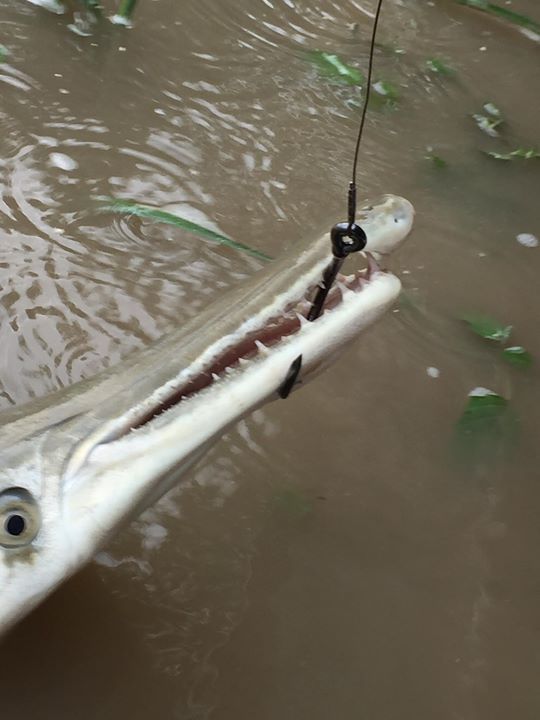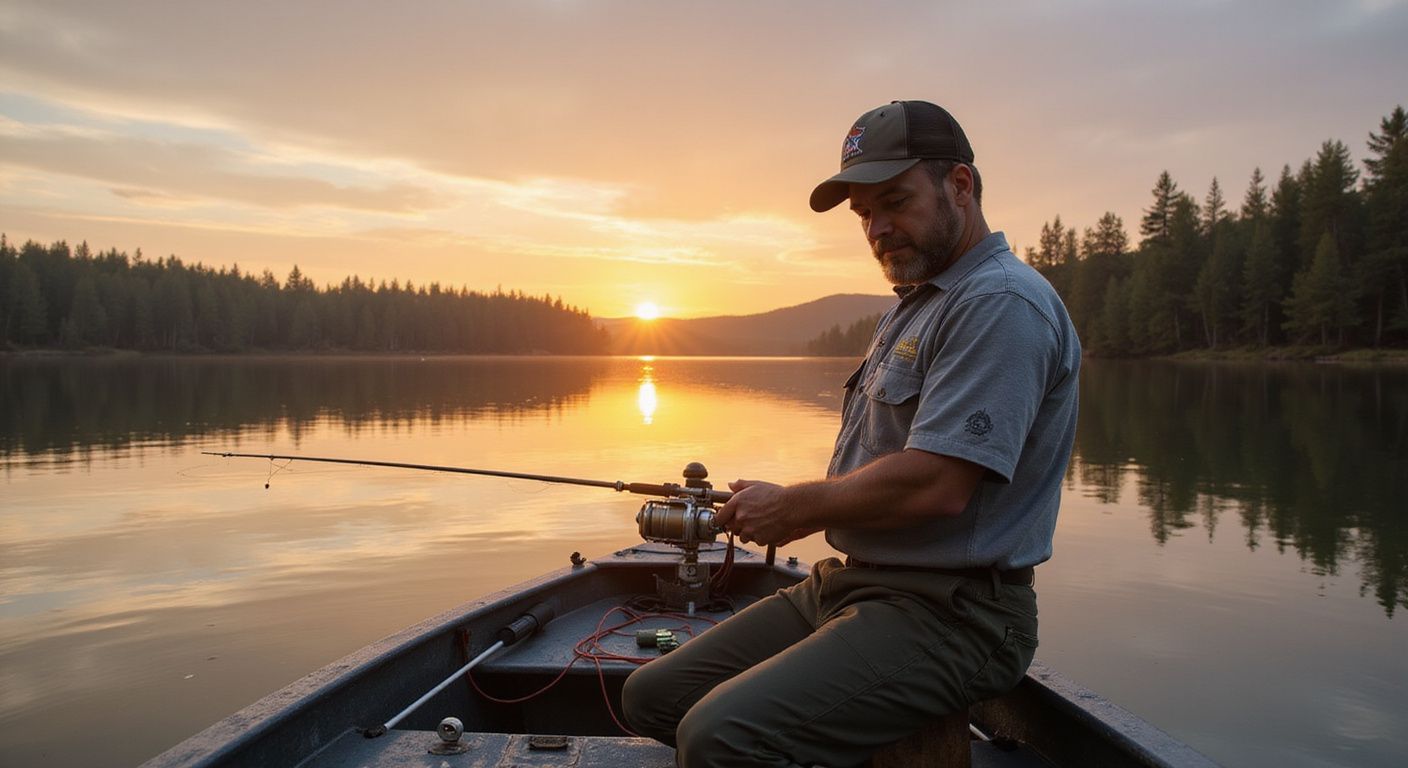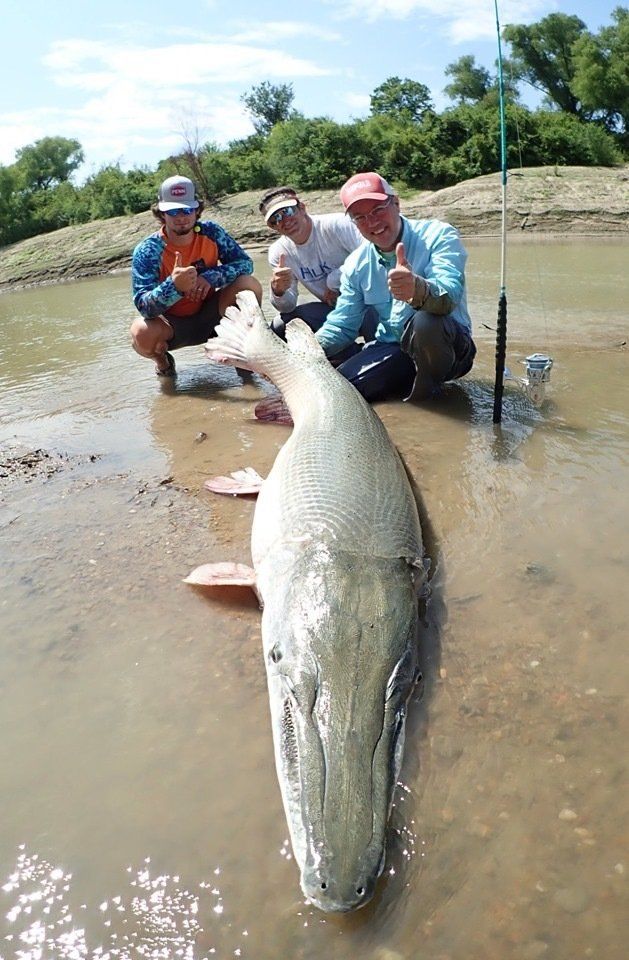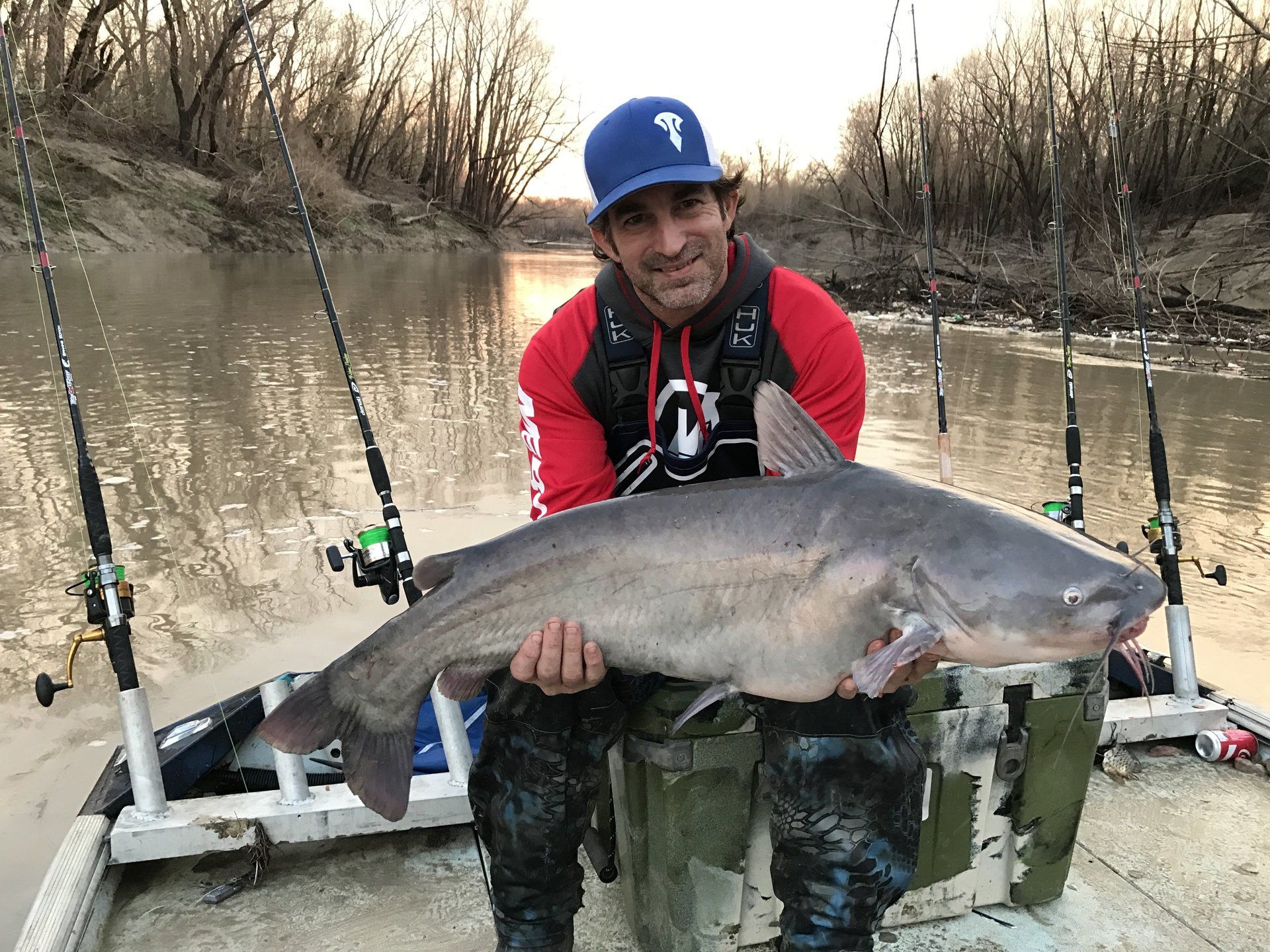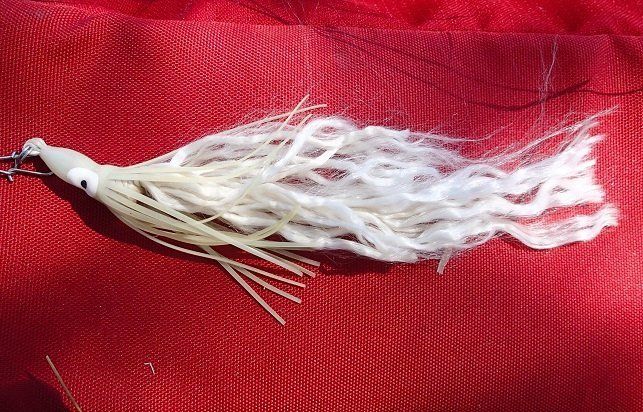Living Dinosaur : 7 Fascinating Facts About the Alligator Gar

Living Dinosaur : 7 Fascinating Facts About the Alligator Gar
Step aside, T-Rex. There’s another ancient predator still ruling the waters of North America. Lurking in the slow-moving rivers, swamps, and bayous from the Mississippi River basin to the Gulf Coast of Mexico is a fish that looks like it swam straight out of the Cretaceous period. Meet the alligator gar (Atractosteus spatula)—a magnificent, misunderstood, and truly fascinating creature.
With a long, broad snout reminiscent of an alligator and a body armored in diamond-shaped scales, the alligator gar is a true river monster. But beyond its intimidating appearance lies a story of incredible survival and unique adaptations. Let's dive into some of the most amazing facts about this living fossil.
1. They Are Genuine Living Fossils
When we say "living fossil," we mean it. The alligator gar's lineage stretches back over 157 million years into the Late Jurassic period. This means their ancestors were swimming in primeval waters when dinosaurs like Stegosaurus and Allosaurus roamed the Earth. They have changed very little over the eons, making them a stunning window into our planet's distant past.
2. They Are One of North America's Largest Freshwater Fish
The alligator gar is a giant. While many average around 5 to 6 feet, they can reach truly monstrous proportions. The official world record, caught in Mississippi's Lake Chotard in 2011, weighed a staggering 327 pounds and measured 8 feet, 5 inches long! It's estimated that this behemoth was between 90 and 100 years old. Their slow growth and long lifespan mean the largest individuals are often incredibly old.
3. Their Scales Are Natural Body Armor
Forget chainmail. Alligator gar are equipped with a nearly impenetrable coat of armor made of ganoid scales. These are not like the flexible scales of most modern fish. Ganoid scales are thick, interlocking, diamond-shaped plates made of a bone-like material covered in a hard, enamel-like substance called ganoine. This armor is so effective that it can even deflect small-caliber bullets and protect the gar from other predators. Historically, Native Americans used these durable scales as arrowheads and jewelry.
4. They Can Breathe Air
One of the alligator gar's most remarkable survival traits is its ability to breathe both air and water. While they have gills like any other fish, they also possess a highly vascularized swim bladder that connects to their throat and functions much like a primitive lung. This allows them to surface and gulp air, enabling them to survive in warm, stagnant, or low-oxygen waters where other fish would perish. This is a key adaptation that has helped them thrive for millions of years.
5. Two Rows of Teeth in a Powerful Jaw
The "alligator" in their name is well-earned. Their broad, powerful jaws are lined with not one, but two rows of sharp, needle-like teeth in their upper jaw. This formidable dental arrangement is perfect for their hunting style. As ambush predators, they lie perfectly still, waiting for unsuspecting prey—like fish, waterfowl, or small mammals—to swim by. With a lightning-fast whip of its head, the gar impales its victim with its teeth before swallowing it whole.
6. Their Eggs Are Poisonous to Mammals and Birds
As a defense mechanism to protect their future generations, the eggs (roe) of the alligator gar are toxic to most animals, including humans, mammals, and birds. The eggs contain an ichthyotoxin, a type of defensive poison. This clever evolutionary strategy ensures that would-be predators think twice before raiding a gar's nest, giving the vulnerable eggs a better chance of hatching.
7. They're Not the Monsters People Think
Despite their fearsome appearance, alligator gars are not a significant threat to humans. There are no confirmed cases of an alligator gar killing a person. They are generally shy and will avoid human interaction. While their size and teeth demand respect, they are often scapegoated for declines in sport fish populations. In reality, they are apex predators that play a crucial role in maintaining a healthy, balanced aquatic ecosystem by preying on weak or overabundant species.
A Survivor Worth Protecting
For decades, alligator gar were considered "trash fish" and were subject to unregulated fishing and even targeted eradication campaigns. Today, however, scientists and conservationists recognize their ecological importance and incredible history. These magnificent survivors have outlasted the dinosaurs, navigated ice ages, and adapted to an ever-changing world. The alligator gar isn't just a fish; it's a living relic, a testament to resilience, and a true dragon of our American waterways. Let's give this ancient marvel the respect it deserves.
Alligator Gar Fishing With Bubba Bedre

